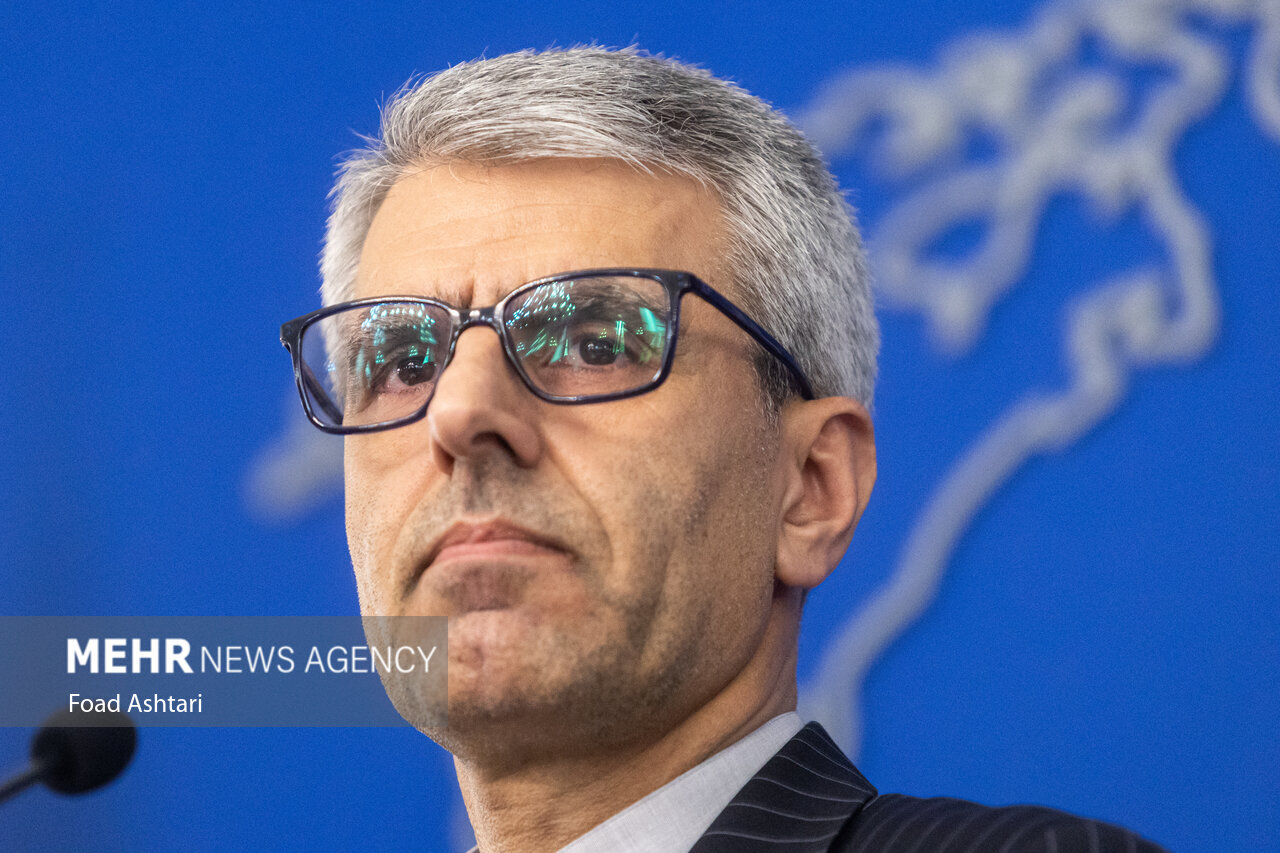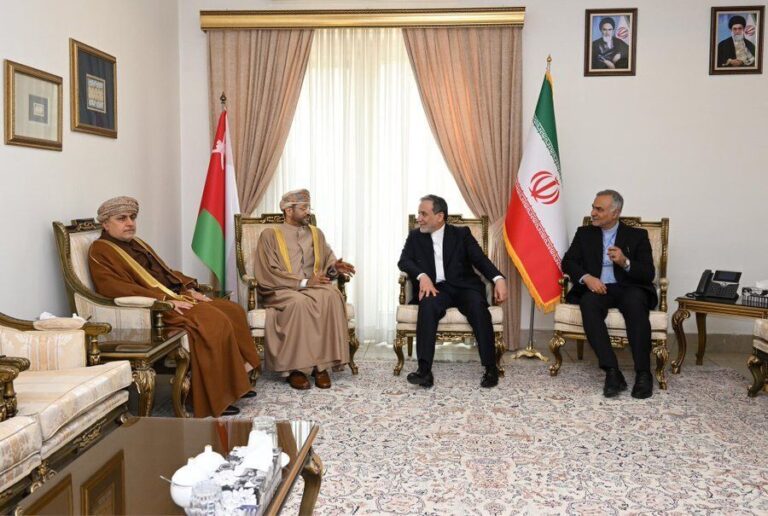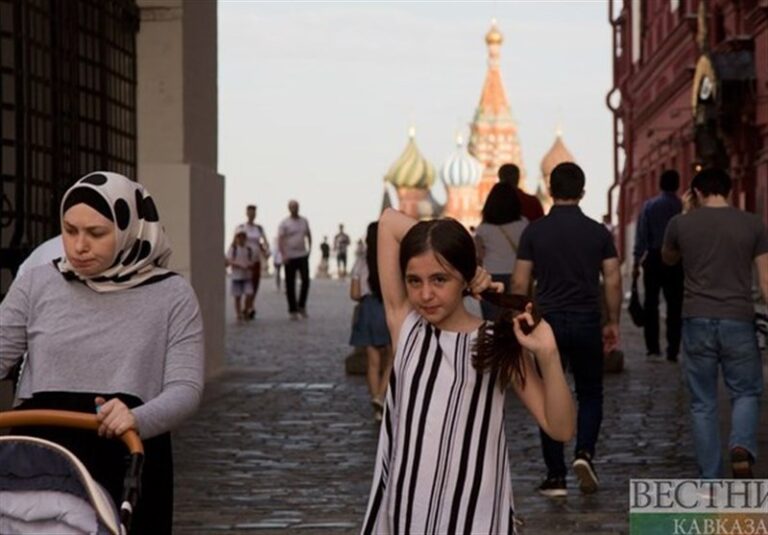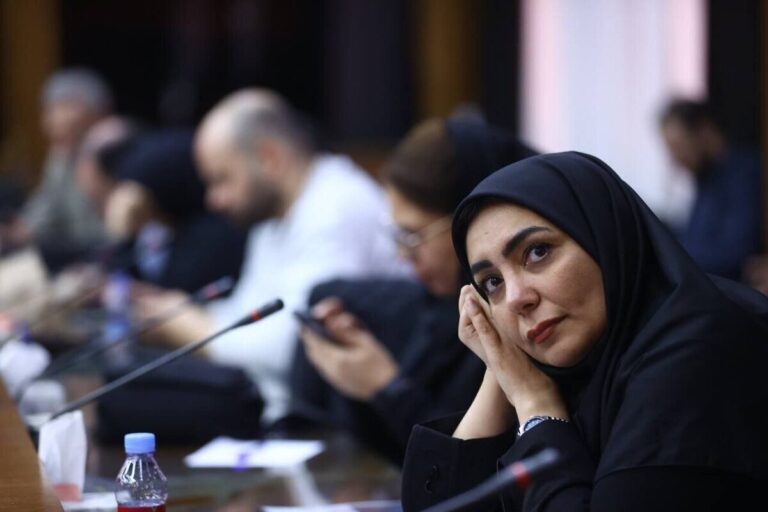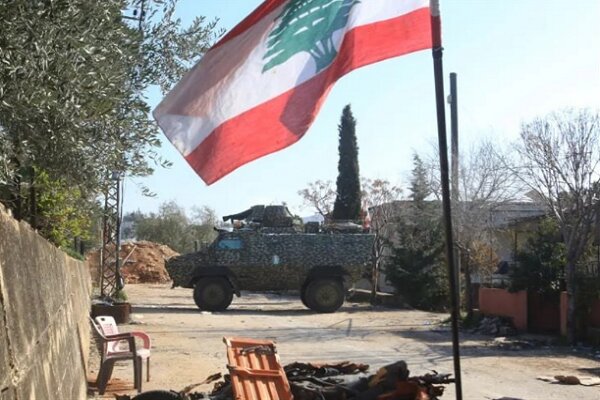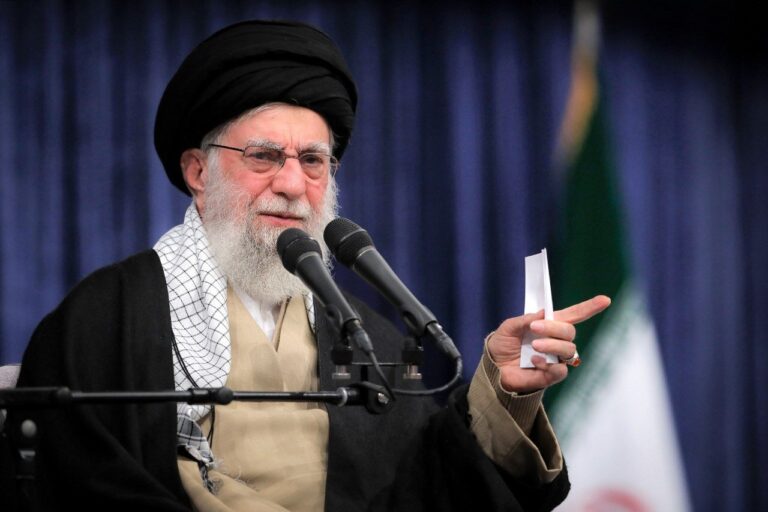Iran Dismisses Claims of Direct Talks with Washington: What You Need to Know
Recent developments surrounding Iran and the United States talks have captured global attention as indirect negotiations commenced about an hour ago. These discussions are taking place at the residence of the Omani ambassador and involve the participation of the Omani Foreign Minister, as confirmed by Baghaei.
Prior to the commencement of these crucial talks, Iran’s Foreign Minister Abbas Araghchi held a meeting with his counterpart from Italy. During this meeting, Araghchi expressed sincere gratitude to Italy for facilitating this opportunity, while the Italian side reciprocated with appreciation.
The current negotiations are being conducted in a manner similar to the initial round of talks. As noted by Baghaei, the two delegations are situated in separate rooms, which is a strategic approach to facilitate communication through intermediaries.
The Omani Foreign Minister is playing a vital role in the proceedings by exchanging messages between the two delegations. He is leading the negotiations, drawing on the structure and dynamics established during the first round of talks. This method aims to maintain clarity and focus as both sides navigate complex issues.
It is essential to address certain media reports suggesting that direct negotiations are occurring between Iran and the United States in Rome. According to an informed source, there are restrictions on media access to the negotiations venue, which has led to the dissemination of inaccurate information regarding the nature of the discussions. Specifically, a recent claim made by Asharq News reporter Hiba Nasr, which suggested that both US and Iranian delegations were occupying the same room at the Omani Embassy in Rome, has been dismissed as false.
- Location of Talks: Omani ambassador’s residence.
- Key Participants: Omani Foreign Minister, Iranian Foreign Minister Abbas Araghchi, Italian Foreign Minister.
- Negotiation Structure: Two separate rooms with Omani Foreign Minister facilitating communication.
- Media Restrictions: No access to the venue; misleading reports have emerged.
The significance of these negotiations cannot be overstated. They represent a pivotal moment in diplomatic efforts aimed at resolving long-standing tensions between Iran and the United States. With a history of complex interactions, the current indirect talks provide a platform for both nations to address critical issues without direct confrontation.
As the negotiations unfold, various stakeholders are closely monitoring the situation. The involvement of a third party, such as Oman, is crucial in creating a conducive environment for dialogue. This method allows both sides to express their positions while mitigating the risks associated with direct engagement.
Moreover, the role of Italy in facilitating these discussions highlights the importance of international cooperation in resolving geopolitical challenges. By providing a neutral ground for the talks, Italy is contributing to the broader efforts aimed at fostering stability in the region.
While the talks are still in the early stages, the fact that both delegations are willing to engage in dialogue is a positive indication. It reflects a mutual recognition of the need to address pressing issues through diplomatic means rather than resorting to hostility.
As we await further developments, it is essential to remain informed about the context and implications of these negotiations. The outcomes could potentially reshape the landscape of international relations in the Middle East and beyond.
In conclusion, the ongoing indirect talks between Iran and the United States facilitated by Oman signify a crucial step towards diplomatic engagement. With both sides currently in separate rooms and communicating through intermediaries, the focus remains on fostering an environment conducive to meaningful dialogue. As the situation evolves, it will be imperative to stay updated on the developments and their potential impact on global affairs.
